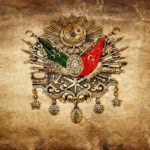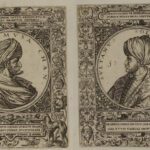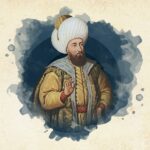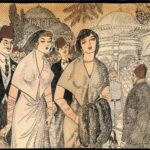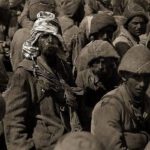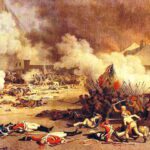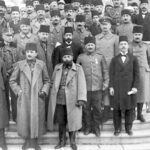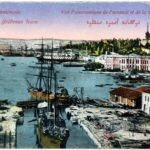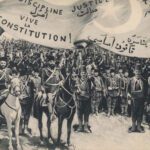The social structure of the Ottoman Empire reflects a complex structure where various ethnic, religious, and cultural groups lived together throughout history. This structure enabled the Ottoman Empire to develop social, economic and political relations dynamically, as well as being multinational and multi-religious in terms of social structure. In order to understand the understanding of human and society in the Ottoman Empire, it is important to examine it under the following subheadings.
Social Stratification
The characteristics of the Ottoman social structure are quite diverse. Social stratification in Ottoman society was shaped within a certain hierarchy. This structure generally consists of the following groups.
Palace and Administration
The sultan and the ruling elite around him formed the highest class of the empire. This group had a say in the administration of the state and had various privileges.
Military Grade
Janissaries and other military units formed the backbone of the Ottoman army and played an important role in ensuring the security of the state. The military class has also started to have an impact on political power over time.
Clergy
In the Ottoman Empire, the clergy were an important group that directed the religious life of the society. These people, who were educated in madrasahs, had an important authority in social and legal matters as well as religious matters.
Merchants and Artisans

Merchants and artisans, who formed the cornerstones of economic life, were the lifeblood of the social structure in cities. This group attracted attention with their wealth and economic power and shaped city life.
Villagers
While the villagers living in the Ottoman countryside made their living with agriculture and animal husbandry, they also made significant contributions to the economic structure of the state. However, this group generally had a low social status and was subject to various taxes.
Ethnic and Religious Diversity
The Ottoman Empire, as a multinational structure, included various ethnic and religious groups. This diversity also affected the understanding of administration of the empire and certain rights were granted to various groups. The following groups had an important place in Ottoman society.
Turks
As the founding element of the Ottoman Empire, the Turks were effective both in the administrative level and in the military field.
Albanians, Serbs and Greeks
These groups made up a significant portion of the Ottoman population in the Balkans and held various social and economic roles.
Arabs
The Arabs represented a large ethnic group living in the vast territory of the Ottoman Empire. Religiously and culturally, they had an important place under Ottoman rule.
Armenians and Jews
These groups made significant contributions to both trade and culture within the Ottoman Empire. While Armenians were especially active in the fields of industry and crafts, Jews played important roles in the financial sector as well as trade.
Economic Structure
The economic structure of the Ottoman Empire was built on agriculture, trade, and crafts. The economy was mainly based on agricultural activities. While agriculture was the source of livelihood of the peasants, it also provided a significant part of the state’s tax revenues.
Trade was of great importance in terms of both domestic and foreign relations. Bazaars and markets in cities have increased the vitality of economic life. In addition, the Ottoman Empire functioned as a trade bridge between the East and the West due to its geographical location.
Result
The social structure of the Ottoman Empire shows a multi-layered and diverse character. This structure, where ethnic and religious groups live together, has allowed social, economic and political relations to develop dynamically.
This social structure played a crucial role in the longevity of the empire and maintaining balance between different groups. When the richness of Ottoman society is examined together with its versatility in the historical process, the complexity and depth of the social structure are better understood.

